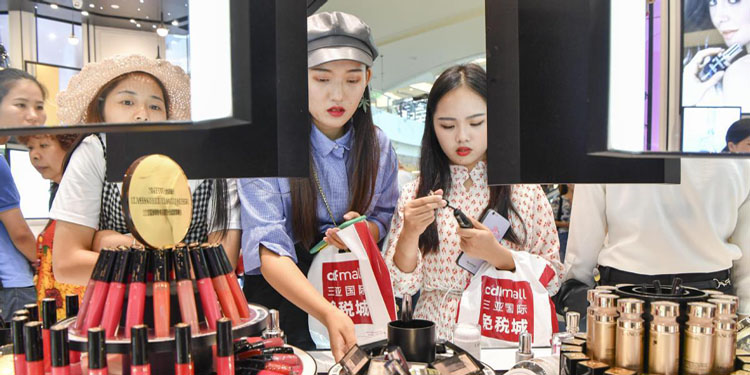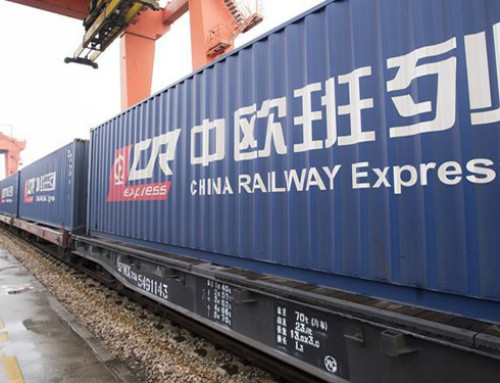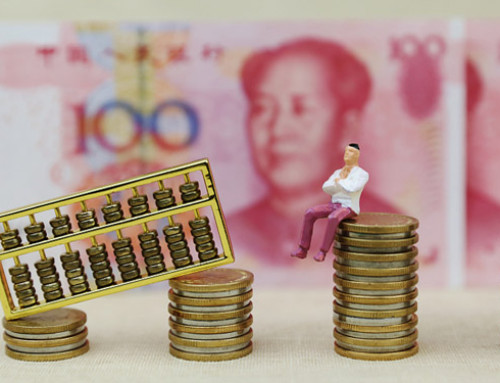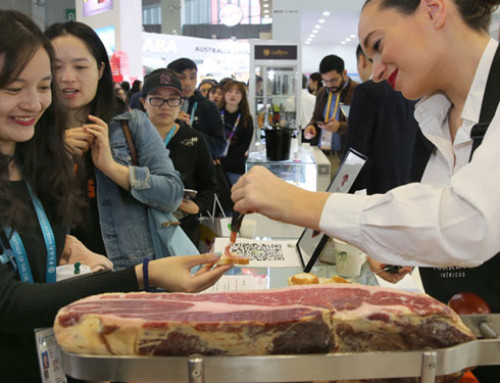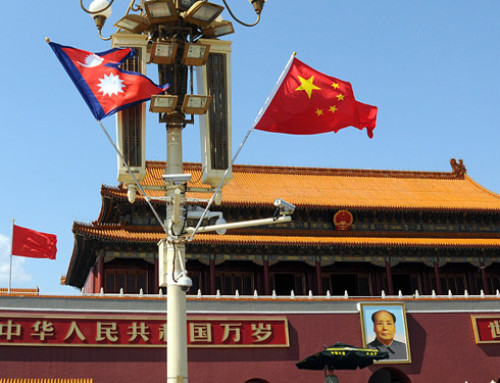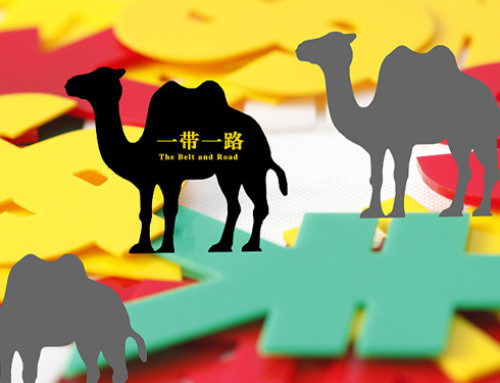Beijing – 31-year-old Beijing financial professional Emily Li spent more than 4,000 yuan (about $582.2) during the recently concluded online shopping festival, which is about one-fifth of the monthly salary.
These purchases include not only the big brand eye cream that costs nearly 1,000 yuan ($147), but also a little-known local brand moisturizing lotion. Each brand has a discounted price of less than $100.
“The brand name is not so important to me now. Quality prices don’t necessarily lead to expensive price tags,” Li said.
More and more affluent Chinese consumers, such as Li, are showing fresh shopping preferences and habits to create a strong but growing retail market.
Strong growth
According to official data, retail sales in May increased by 8.6% year-on-year, an increase of 7.2% from April. In the first five months of this year, total retail sales increased by 8.1% year-on-year, and online sales increased by 17.8%.
According to the latest Chinese shopper report by global management consulting firm Bain & Company and shopper behavior observer Kantar Worldpanel, China’s FMCG consumption is still strong against the downside economic pressure, and the transformation of the retail model is accelerating.
According to a study of Chinese consumer shopping behavior in 106 fast-moving consumer goods categories, total China’s FMCG spending continued to rebound last year, from 4.7% last year to 5.2%.
The data from the mid-year online shopping festival reflects the rebound. The e-commerce platform Suning saw a surge in orders for pan-fast consumer goods over 240% during the promotion period.
“As the fast-moving consumer goods market recovers, we continue to see premiums play an important role as Chinese consumers favor goods that are expected to improve their health and lifestyle,” said Bruno Lannes, a partner in the consumer goods industry at Bain Greater China.
The report shows that the category of home care and personal care is growing rapidly, while food and beverages are growing at a slower rate.
Dynamic landscape
Jason Yu, general manager of Kantar Worldpanel Greater China, said that China’s retail market is seeing fast-growing small brands that are doing a great job in meeting specific consumer needs, from design to digital marketing with flexibility and flexibility. .
The report shows that smaller brands are growth leaders that outperform the top five brands in all categories except cosmetics and packaged water, and point out that Chinese consumers are now eager for more diverse shopping.
“After 10 years ago, there were about 3,000 shampoo brands in China, which mainly gained market share at a lower price. Now the number of shampoo brands may be larger, but they are focused on meeting individual needs and niche market needs. The product, “Yu said.
At the same time, the report pointed out that local participants continue to gain market share over foreign competitors on an overall basis. Since 2016, Chinese brands have grown by 15%, accounting for 76% of market growth in 2018.
As more and more offline stores connect online and provide services to customers, especially in the food service sector, new retail models are also evolving in China.
As Chinese consumers continue to become more mature, the channels they are getting more and more advanced, companies must understand and integrate into the new retail model, and focus on the customer-oriented mentality to win in this emerging battlefield, Derek Deng , Bain & Company said. partner.
Bbē



